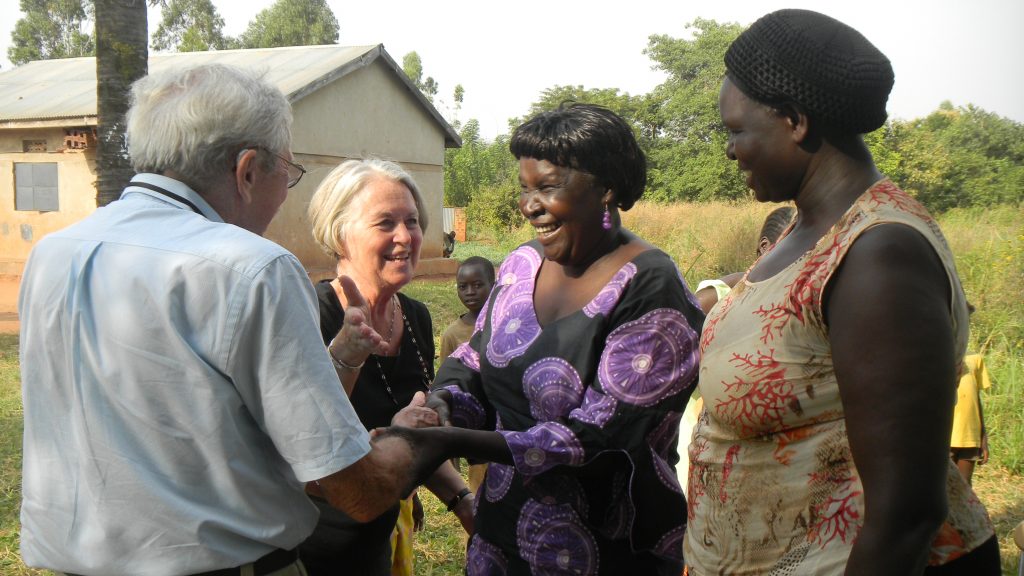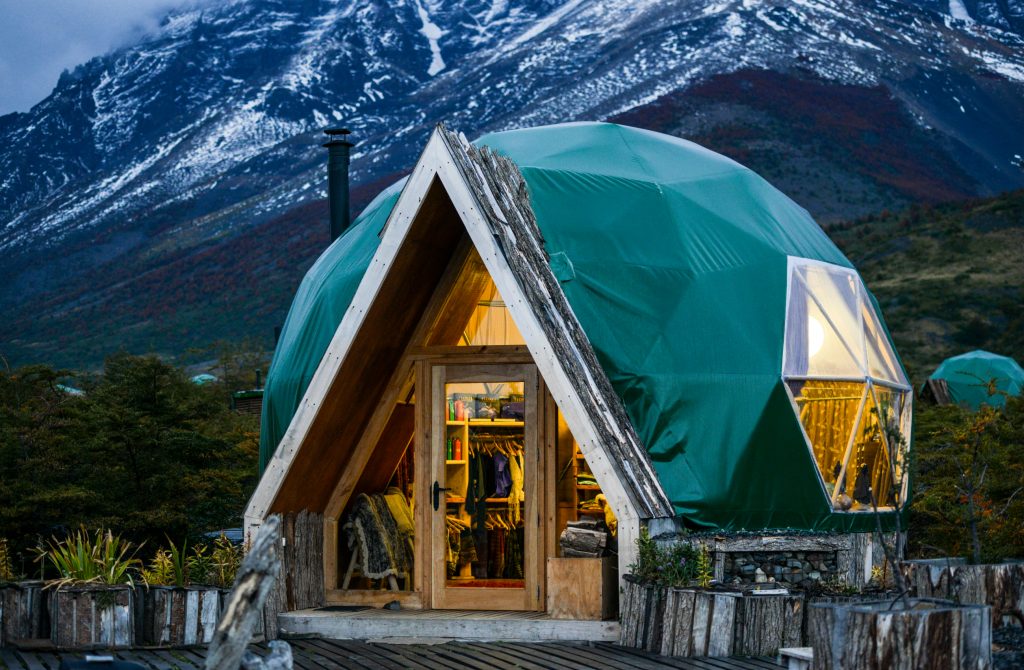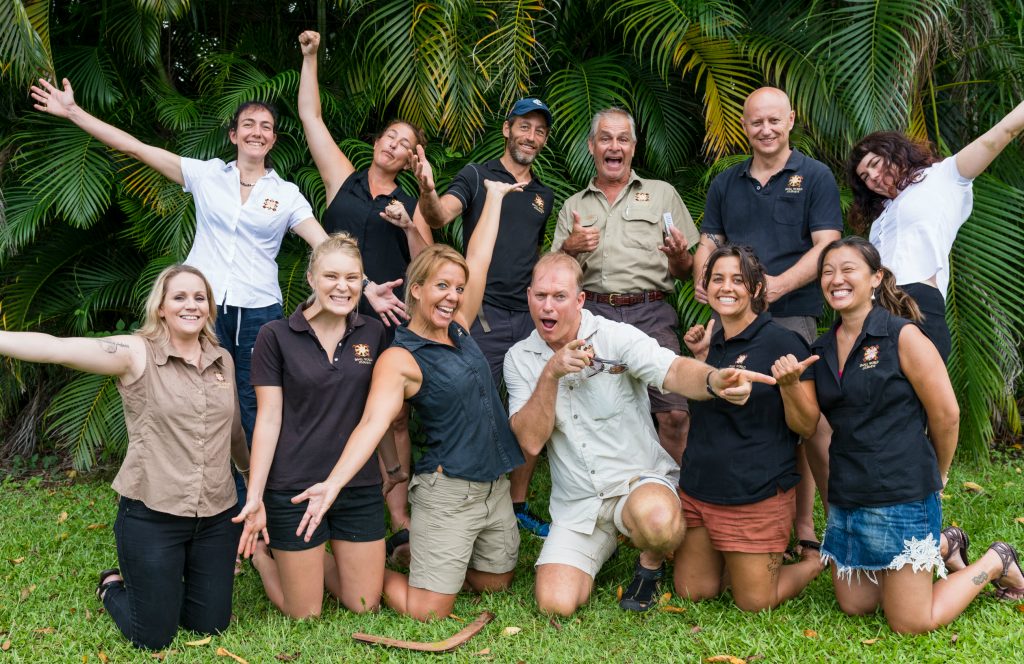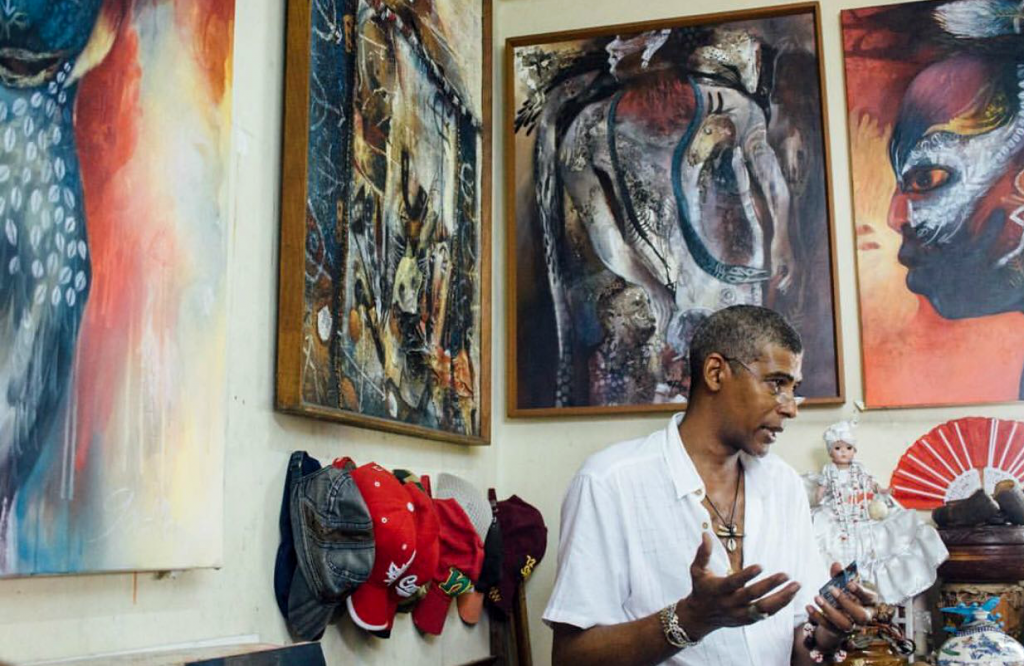“Transparency” is one of those lifeless, corporate-sounding terms that turns people off. However, for responsible travel companies, and especially those whose business depends on sharing adventures and experiences, it should be seen as an incredible opportunity.
After all, transparency means communicating honestly about what you do. It means sharing the stories of the people you work with, proudly displaying the impact your efforts have on the communities and habitats where you operate, and being willing and able to account for where your money is spent and who it benefits.

Perhaps it’s no wonder, then, that when I sent out a call to Adventure Travel Trade Association (ATTA) members for insight on this topic, I received more than 50 replies — many from member companies telling me how they are sharing stories, blog posts, and videos of the ways they are impacting local communities or how their staff members’ lives have changed as a result of their tourism initiatives. It was truly inspiring reading and watching all these contributions, and to single any one of them out would do an injustice to the many others I wouldn’t have space to mention. What I want to focus on, therefore, are those companies that are doing something else; those that have come up with new and innovative ways of communicating the truth of what they do and the impact it has on where they work.
Once upon a time, not that long ago, many companies’ responsible tourism communications amounted to a page on their website called “responsible travel” with a list of principles and practices they said they adhered to. This really was lifeless, and it was probably the least-visited of webpages, detached from the pictures and stories that sold the company across the rest of its site. Now, not only are responsible tourism companies sharing stories about their impact just as so many shared theirs with me, some are even seeing the creation of guidelines as an opportunity to share the knowledge they have gained and to collaborate with others to improve even more.
In Zanzibar, Chumbe Island Coral Park has spent 25 years creating the only self-sustaining marine protected area in the world, financed by the seven-bungalow ecolodge found on the island. Using the knowledge it has accumulated over the years, staff has created and collaborated on a range of guidelines and resources including working with the Ministry of Education to incorporate a coral reef module into the local school curriculum and co-creating a sustainable seafood guide as well as a guide to waste management.
Meanwhile, at the end of last year, G Adventures partnered with the International Institute of Tourism Studies at George Washington University to develop and share a set of practical, international guidelines for any company (including itself) interested in involving Indigenous people in its travel experiences. In Sweden, after years of working toward being a truly accessible hotel chain, Scandic created a 135-point accessibility standards checklist and online training to ensure all its properties delivered. It then published this checklist and training online for free and encouraged any other hotel in the world to use it.
Other companies take a more hands-on approach. Guests at EcoCamp Patagonia can take a tour around the hotel to learn about how solar and hydraulic energy is collected and the property’s composting toilets and recycling methods function. Basecamp, a safari lodge in the Maasai Mara, hosts an ecocamp for more than 300 college students each year to share how it operates. And in the Gambia, Sandele Eco-Retreat sees itself as a “living demonstration center” for the alternative technology systems and techniques it employs to make the lodge more sustainable.

Some of the most significant impacts of a trip are not so easy to see, however, and certainly can’t be shown on a tour; for example, greenhouse gas emissions. Dutch operator Better Places is one of the few companies in the world that declares the climate impact of all the trips it offers on its website and then offsets all the climate costs of these trips — including their guests’ flights to and from their homes. It is part of the company’s “Travel with Transparency” carbon management initiative, which also includes encouraging behavior change among clients, staff, and suppliers, and actively supporting industry partners to follow its lead. As evidence of how successful its methods have been, 13 other Dutch companies recently announced they would be adopting Better Places’ approach across their own operations.
The Chilean ecolodge Chepu engages guests directly in their resource use while on site. Being off the grid, it has to collect all of the water it uses — either through rainwater harvesting or filtration. Therefore, the lodge has installed a water management system that tracks exactly how much water and energy is being used and communicates with guests their own usage set against a recommended level that the lodge’s resources can sustain. When guests check out, they are rewarded for remaining within these limits, with Chepu either planting a tree on their behalf or offering them a discount on their bill. Aware of their impact, more than 99 percent of its guests stay within their limits.
Other companies adopt similar transparency measures when it comes to communicating where the money guests spend ends up. Each client on a trip with AltruVistas receives an itemized budget breaking down where his or her money goes throughout all parts of the journey. Canada’s Fogo Island Inn takes this even further, employing the Shorefast economic nutrition label to readily demonstrate where money is spent in its business. “Most people are accustomed to seeing nutritional labeling on the foods and beverages they purchase. These labels allow consumers to make conscious and informed decisions about their food choices,” said innkeeper Zita Cobb. “Food nutrition labeling was revolutionary for the food industry. Now, we want to spark the same energy for change with the launch of economic nutrition labeling.” A label at Fogo Island Inn, therefore, describes how much of a guest’s bill goes to pay staff wages, materials, and supplies, and how much is returned to Shorefast, the charity that owns the inn, to invest in community resilience projects. The label also provides a geographic breakdown of where the money spent by guests ends up, including how much remains in the local community and how much is spent in the region.
In Australia, Small World Journeys ensures transparent financing with its staff. The company runs an open-books policy, meaning employees can see what the company’s margins are, what its profit is, and how much the owner pays herself. “The more informed the staff are, the more likely they will be to pull together as a team to find solutions on scaling back should the business encounter some tough financial times,” said the company’s managing director, Laurie Pritchard. “Staff has said a couple of things about this: First is they like the transparency and that it makes them trust me more. Second is that it makes them feel more secure, knowing how the business is faring, and if ever their job security might be in danger.”

OneSeed Expeditions, which invests 10 percent of all its revenue in women entrepreneurs around the world, regularly sends its guides on microfinance site visits to meet with the borrowers directly so they can understand firsthand the human impact the company’s investments have. Not only does this engage the guides in the impact of their work, it enables them to honestly and vividly share stories of OneSeed’s work with guests on every trip they lead.
Finally, there are companies that reimagine the way their guides communicate with guests, enabling them to get closer to the truths of the places they are sharing, and to deliver greater impact through communication as a result.
Mejdi Tours operates tours at places across the world marked by deep-seated conflict and often seemingly irreconcilable worldviews. Therefore, its groups all have two local guides, each representing unique cultural, religious, political, and ethnic narratives. Originally launched in Israel and Palestine, where Mejdi travelers are guided by one Palestinian guide and one Israeli, it now includes trips using this approach to the likes of Cuba, Kurdistan, Bosnia, and Ireland.

In Laos, Nam Nern, a safari operator working within Nam Et-Phou Louey (the country’s largest national protected area), has come up with an innovative way to encourage the villagers who live within its boundaries to stop killing the wildlife. First, it employs villagers as safari guides. At the end of each safari, guests record what animals they saw. The villages are then remunerated (into a communal development fund) depending upon what tourists see, with rarer animals worth more. On the other hand, should a villager break the law and poach, the communal funds are reduced.
What unites all these stories is that they are committed to sharing what is really going on with guests, staff, and/or local communities. And what these many companies demonstrate in their various forms of transparency is that the willingness and ability to do this truly elevates these responsible and sustainable tourism practitioners.
